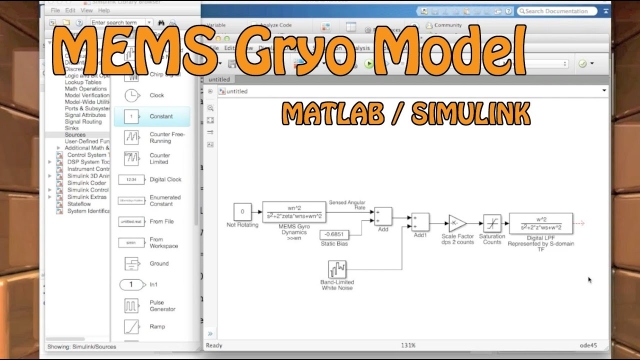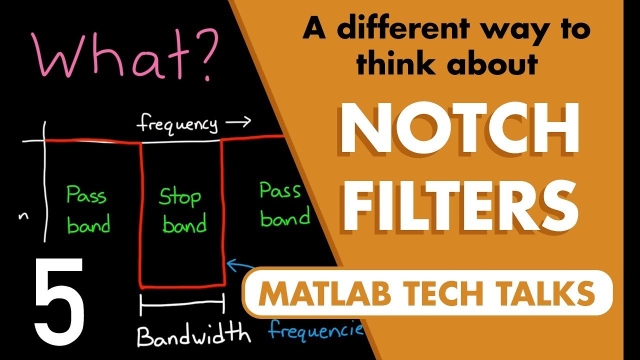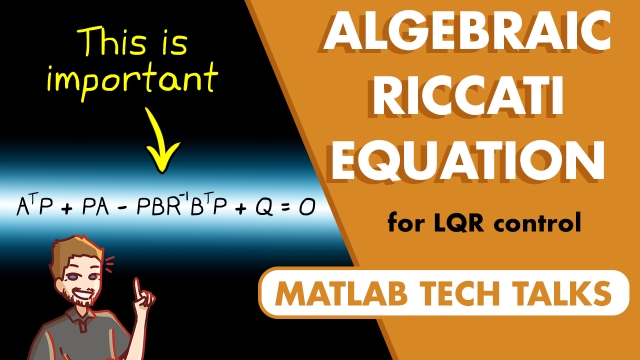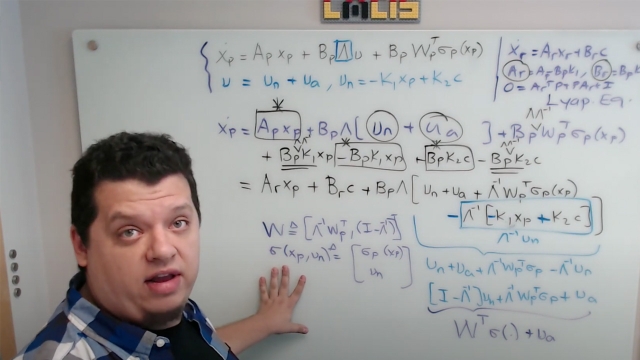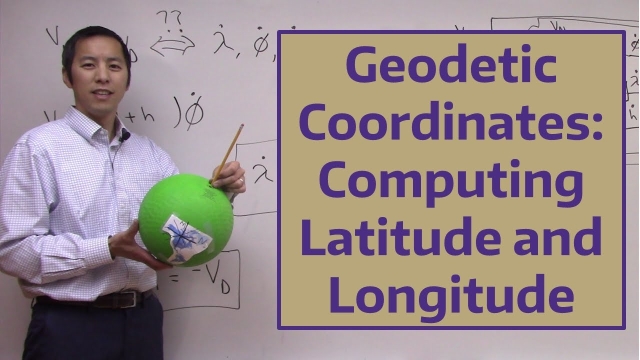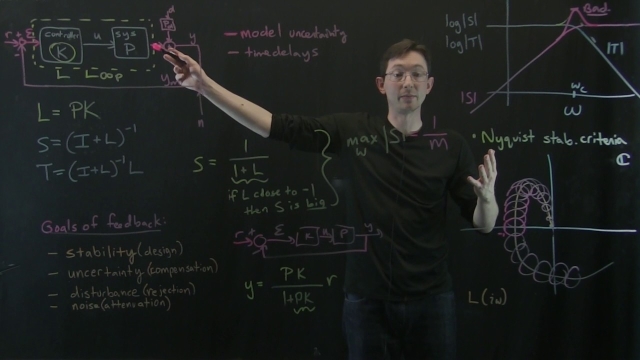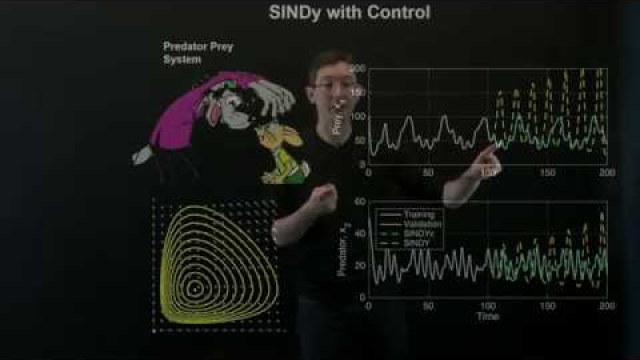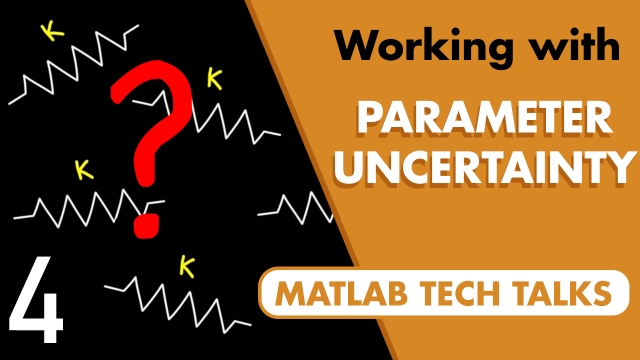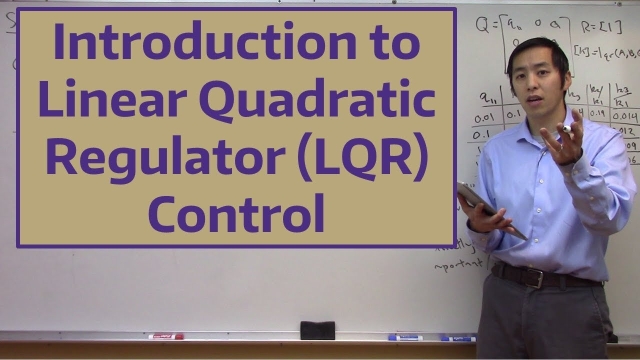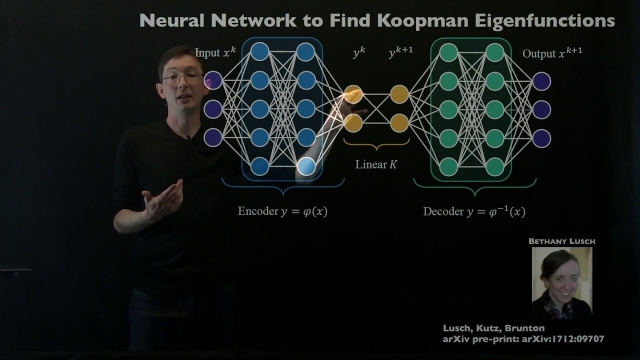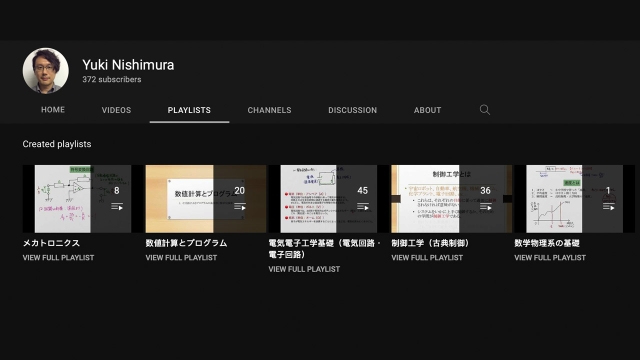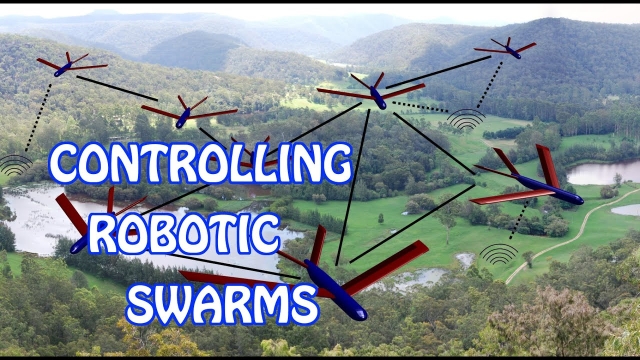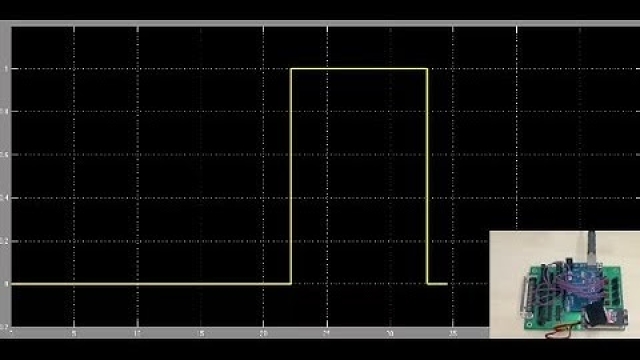
Passivity-Based Control to Guarantee Stability | Control Systems in Practice...
Learn about passivity-based control to guarantee closed-loop stability of feedback systems. Consider different ways to assess the stability of systems other than looking at gain and phase...
See MoreStudent's Guide to Bayesian Statistics
This video provides a summary of a textbook Bed Lambert wrote on Bayesian inference and accompanying (freely available) YouTube course.
See MoreRobotic Car - How to read Gyro Datasheets (Part 1)
Have you ever been lost trying to understand the information in a gyro datasheet? This video should help! In this first part I go through the mechanical characteristics of a MEMS gyro and...
See MorePID Controller Implementation in Software
How to implement a PID controller in software using C, discussing theory and practical considerations. Demonstration of PID controller code using a custom flight simulator.
See MoreSystem Identification: DMD Control Example
This lecture gives a Matlab example of dynamic mode decomposition with control (DMDc) for full-state system identification.
See MoreProjectile Motion Equations and Theory
In this video, an important topic under 2D Kinematics i.e. Projectile Motion, is covered. Its theory, equations, and examples are thoroughly discussed.
See MoreRobust Control, Part 3: Disk Margins for MIMO Systems
This video shows how margin can be used to assess the robustness of multi-input, multi-output systems. We’ll show how disk margin is a more complete way to represent margin for MIMO systems...
See MoreExtremum Seeking Control
This lecture provides an overview of extremum-seeking control (ESC), which is an adaptive equation free method of controlling nonlinear systems. A sinusoidal perturbation is added to the...
See MoreInverted Pendulum on a Cart [Control Bootcamp]
In this video, we introduce an example system to control: an inverted pendulum on a cart. We describe the state-space, find the fixed points, and simulate the system in Matlab. Because the...
See MoreA simple MEMS gyro model using MATLAB / Simulink
This video walks through how to model a simple MEMS gyroscope using MATLAB/Simulink. At the end I show you how to linearize this model to use in your linear control loop design and analysis.
See MoreControl Systems in Practice, Part 5: A Better Way to Think About a Notch Fil...
This video describes an intuitive way to approach notch filter design by thinking about the problem as an inverted, lightly damped, second-order low-pass filter. Then, two additional poles...
See MoreENG 1718 - MODELAGEM DE SISTEMAS DINÂMICOS (Portuguese)
Vídeos do curso Modelagem de Sistemas Dinâmicos. Mais informações na página do curso: https://helonayala.github.io/teaching/2018-msd/
See MoreWhy the Riccati Equation Is important for LQR Control
This Tech Talk looks at an optimal controller called linear quadratic regulator, or LQR, and shows why the Riccati equation plays such an important role in solving it efficiently. The talk...
See MoreModel Reference Adaptive Control Fundamentals (Dr. Tansel Yucelen)
Forum on Robotics & Control Engineering (FoRCE, http://force.eng.usf.edu/) Seminar Series: "Model Reference Adaptive Control Fundamentals" (Dr. Tansel Yucelen)
See MoreGeodetic Coordinates: Computing Latitude and Longitude
In this video we show how to compute the geodetic latitude and terrestrial longitude if given the velocity north and east. This is useful for simulating a body moving over a spheroid Earth...
See MoreControl Bootcamp: Limitations on Robustness
This video describes some of the fundamental limitations of robustness, including time delays and right-half plane zeros.
See MoreSystem Identification: Sparse Nonlinear Models with Control
This lecture explores an extension of the sparse identification of nonlinear dynamics (SINDy) algorithm to include inputs and control. The resulting SINDY with control (SINDYc) can be used...
See MoreRobust Control, Part 4: Working with Parameter Uncertainty
The previous two videos showed a few different ways to quantify how robust a system is to model and plant uncertainty by looking at how much input and output variation it can handle before...
See MoreIntroduction to Linear Quadratic Regulator (LQR) Control
In this video we introduce the linear quadratic regulator (LQR) controller. We show that an LQR controller is a full state feedback controller where the gain matrix K is computed by solving...
See MoreIntroduction to Anomaly Detection for Engineers
Anomaly detection is the process of identifying events or patterns that differ from expected behavior. This is important for applications like predictive maintenance but can be hard to...
See MoreKoopman Spectral Analysis (Continuous Spectrum)
In this video, we discuss how to use Koopman theory for dynamical systems with a continuous eigenvalue spectrum. These systems are quite common, such as a pendulum, where the period...
See MoreWhy multichannel beamforming is useful for wireless communication
Wireless communication systems like 5G and WiFi usually have to serve many users simultaneously and they have to deal with multiple paths between two radios when operating in a scattering...
See MoreIntroduction to Classic Control Theory (Japanese)
A collection of video lectures by Yuki Nishimura covering an introduction to classic control theory.
See MoreControlling Robotic Swarms
Come with me to the Robotics, Aerospace, and Information Networks lab at the University of Washington to learn the basics of swarm robotics. Find out how simple distributed algorithms can...
See MoreOnline Fault Detection for a DC Motor
Program embedded processors to estimate parameters and detect changes in motor dynamics in real time using System Identification Toolbox™.
See More
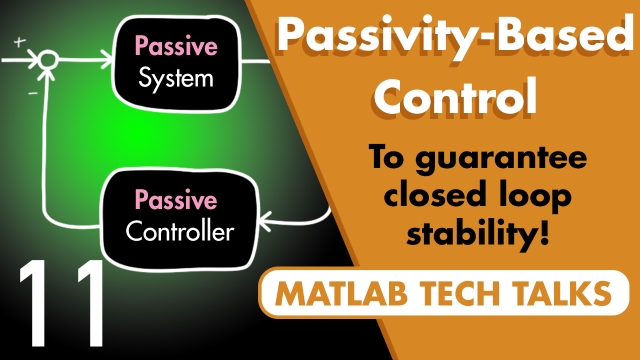

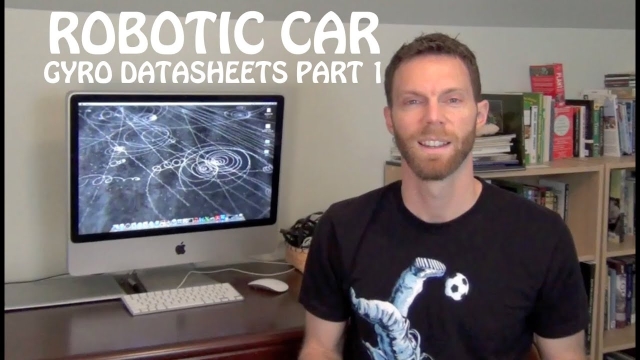
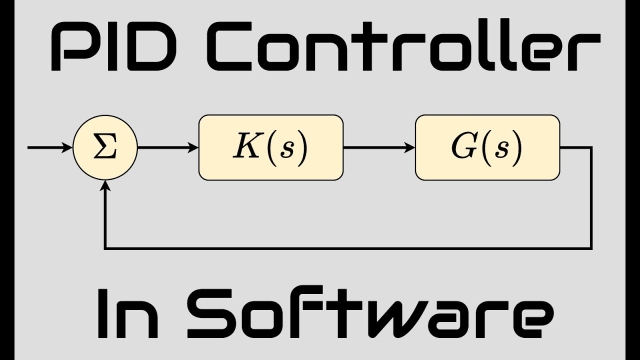
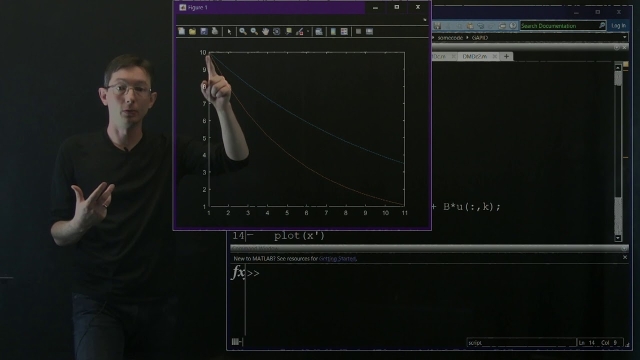
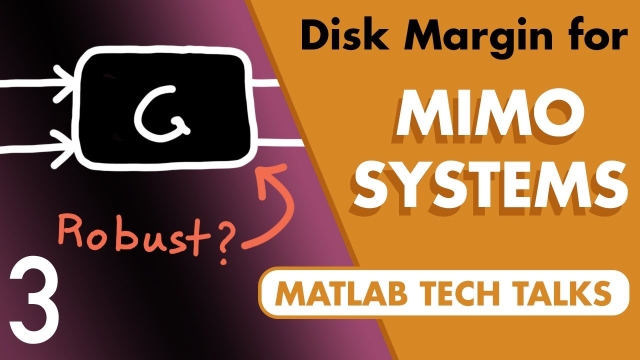
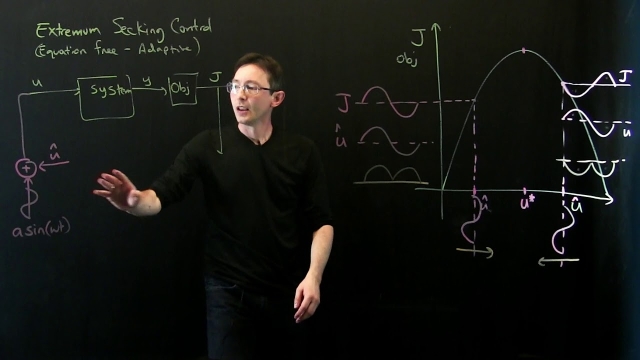
![Inverted Pendulum on a Cart [Control Bootcamp] Inverted Pendulum on a Cart [Control Bootcamp]](/sites/default/files/styles/search_resulkts/public/2020-12/maxresdefault_377.jpg?itok=1srGYhtD)
